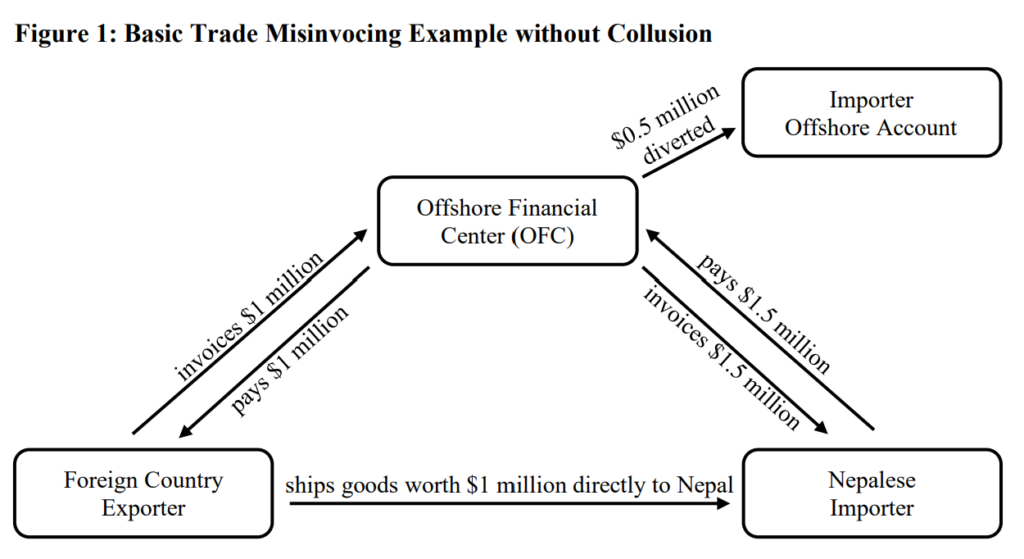While illicit capital flight is a major concern of policymakers in developing countries, there is only little research on the possible link between capital flight and development aid. In this paper, we address the issue for Nepal, a stereotypical financially closed developing economy that is highly dependent on resources from abroad. Distinguishing features of our approach are the use of a narrowly defined proxy of capital flight, based on trade cost-adjusted mirror trade statistics, and the focus on the foreign-exchange cash component of development aid. We document a robust partial correlation between aid and outward capital flight that is economically and statistically significant. Interestingly, this positive correlation is not observable for remittances, an alternative form of foreign-exchange inflows where the capital flight motivation is absent. Furthermore, it is visible in the FX cash component but not in broader aid definitions that include in-kind transfers, or in multilateral and IMF loans. Finally, when comparing the subcomponents of export underinvoicing and import overinvoicing, only the latter is driving our results.
Steinkamp, Sven and Frank Westermann, „Development aid and illicit capital flight: Evidence from Nepal“, The World Economy, September 2021, DOI: 10.1111/twec.13208.

